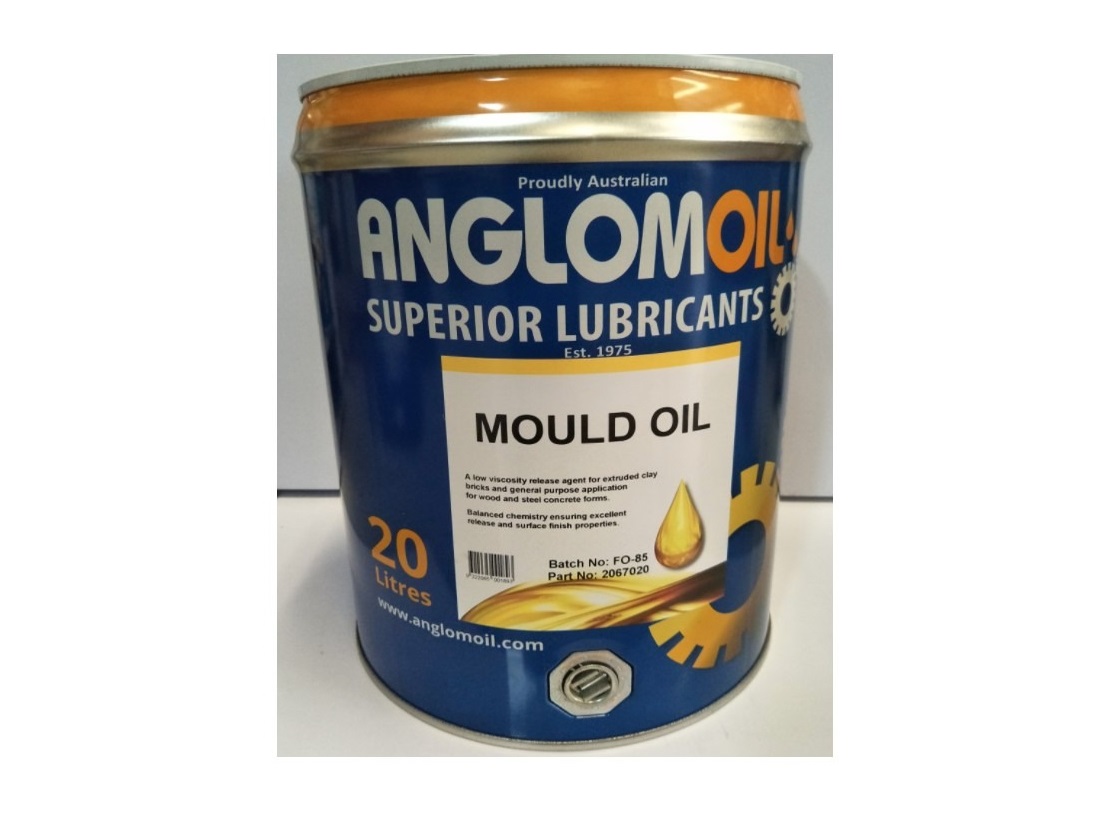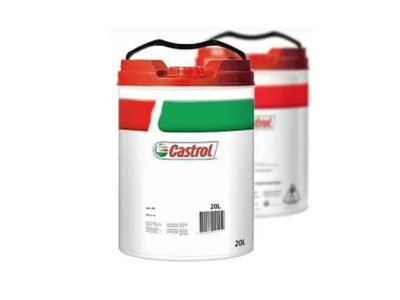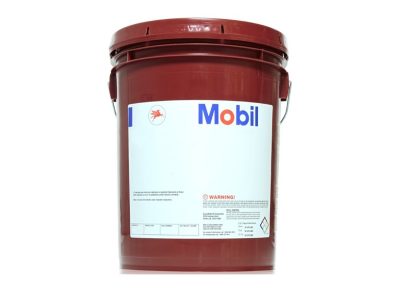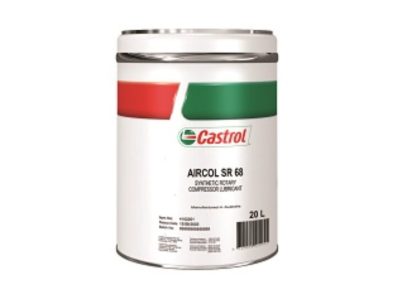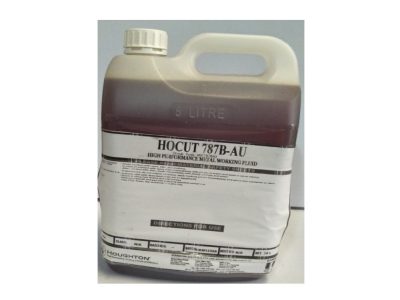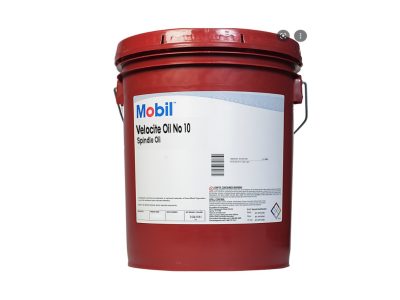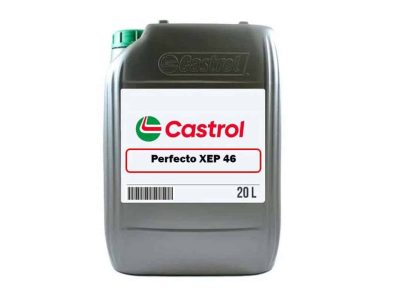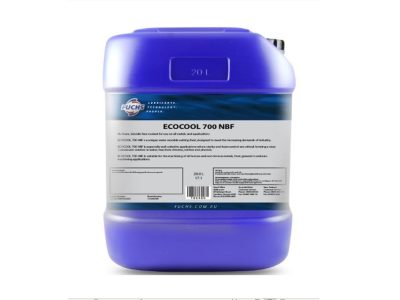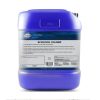Anglomoil Mould Release Oil 20L
Anglomoil Mould Oil and Mould Oil Light has been specially formulated to ensure clean concrete release from steel, aluminum, plywood or composite forms. It minimises surface irregularities , reduces voids and helps protect forms and formwork from rust.
Pre-coat formwork prior to pouring concrete to ensure easy removal and good surface finish. May also be suitable for extrusion of clay bricks.
It’s all in the chemistry. Correct acidity. Concrete is very alkaline, having a pH of 11 to 12. As it reacts with atmospheric carbon dioxide, the pH decreases but seldom falls below 9. When damp concrete comes into contact with organic acids, a soap-like film is formed, which prevents the concrete sticking in the form.
Adherence. As well as preventing the concrete sticking in the form the release agent must itself stick firmly to the surface of the form, so that it does not run off before the concrete is poured in.
This is particularly important when it comes to metal moulds, when it can be difficult to get a release agent to remain in place, especially if the form is exposed to strong vibrations. Placing concrete in the mould also puts a mechanical strain on the release agent.
Viscosity. Anglomoil Mould Release Oil has been formulated to achieve a clean release and good form adherence.
The usual method of applying the mixture is to spray it around the surfaces of the mould, which means the viscosity must be correct. If the product is to be used in cold climates it must also be fluid in the winter.
Additives. A functioning release agent is created by using an oil as a base and adding various substances to produce the right properties. The desired acid value is obtained by adding fatty acids, and, to get the right stickiness, wetting agents are added that reduce the oil’s surface tension.
Other additives are needed for a range of functions, including preventing air holes forming in the concrete and counteracting corrosion.








